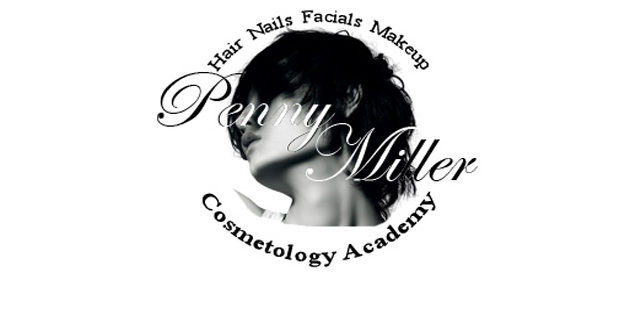What Is A Facial?
A facial cleans, exfoliates and nourishes the skin to promote clear, well-hydrated skin. A facial is given by a licensed cosmetologist or esthetician, sometimes called a facialist, who analyzes your skin and picks the right products and treatment for your skin type (dry, oily, combination, or normal) and skin conditions (acne, sensitive skin, aging, sun-damage, dehydration, etc.)
- Cleansing. A facial begins with a cleansing with cotton pads or sponges and a product chosen for your skin type (normal, dry, oily, combination, sensitive, mature.) This can be done manually or with the aid of a machine, such as a European Skincare Machine.
- Skin Analysis. The esthetician, or skin care specialist, covers your eyes and looks at your skin through a brightly lit magnifying lamp or a woods lamp that reveals various skin conditions. This treatment can be optional, but it really helps to show the specialist everything that is going on with your skin.
- Exfoliation. Using a mechanical or chemical exfoliant. Mechanical exfoliation has a gritty texture and usually happens while a steam vapor is directed at your face. A chemical peelcan be a stand-alone treatment or part of the facial. It is generally an "upgrade" and done in a series.
- Facial massage. Using classic strokes like effleurage, petrissage, & percussion to both relax you and stimulate your skin and facial muscles. Massage helps to feed the skin, removes toxins, exercises your muscles to help to strengthen and tone the facial structure. This increases stimulation to the skin and will give you a more youthful glow.
- Speciality mask targeted to your skin type (dry, oily, combination, sensitive, mature) and condition. We carry a wide variety of facial masks, my favorite pick is the non surgical face lift. It is aloe vera based and is great for all skin types. It tightens the pores and tones the skin, and will not over dry sensitive or dry skin.
- Toners, Fresheners, and Tonics. These products are used to re-balance the pH of the skin, close down the pores and remove any residue left behind after the facial. This will not over dry the skin, and it is essential to finish the service.
- Moisturizer. The final step. Moisturizer is very important to protect the skin after the service. It will create a protective barrier from dirt, and debris, and will seal your skin and keep bacteria out. It also locks moisture in, which will keep your skin hydrated, soft and supple.
Advice on home care. The technician will tell you how she thinks you can take better care of your skin and recommend products for you to use at home. Don’t forget to feed your skin from the inside out, with a well balanced diet, plenty of water, reduce stress & toxins, and try to get plenty of fresh air and sunshine, but don’t forget the sunscreen.
How often should I get a facial? Usually once a month, the skin regenerates itself every 28 days, so this is the perfect amount of time for a regular facial. However, if you have any special needs such as excessively dry, or oily skin, or severe acne, you may need to see your skin care specialist more often.


